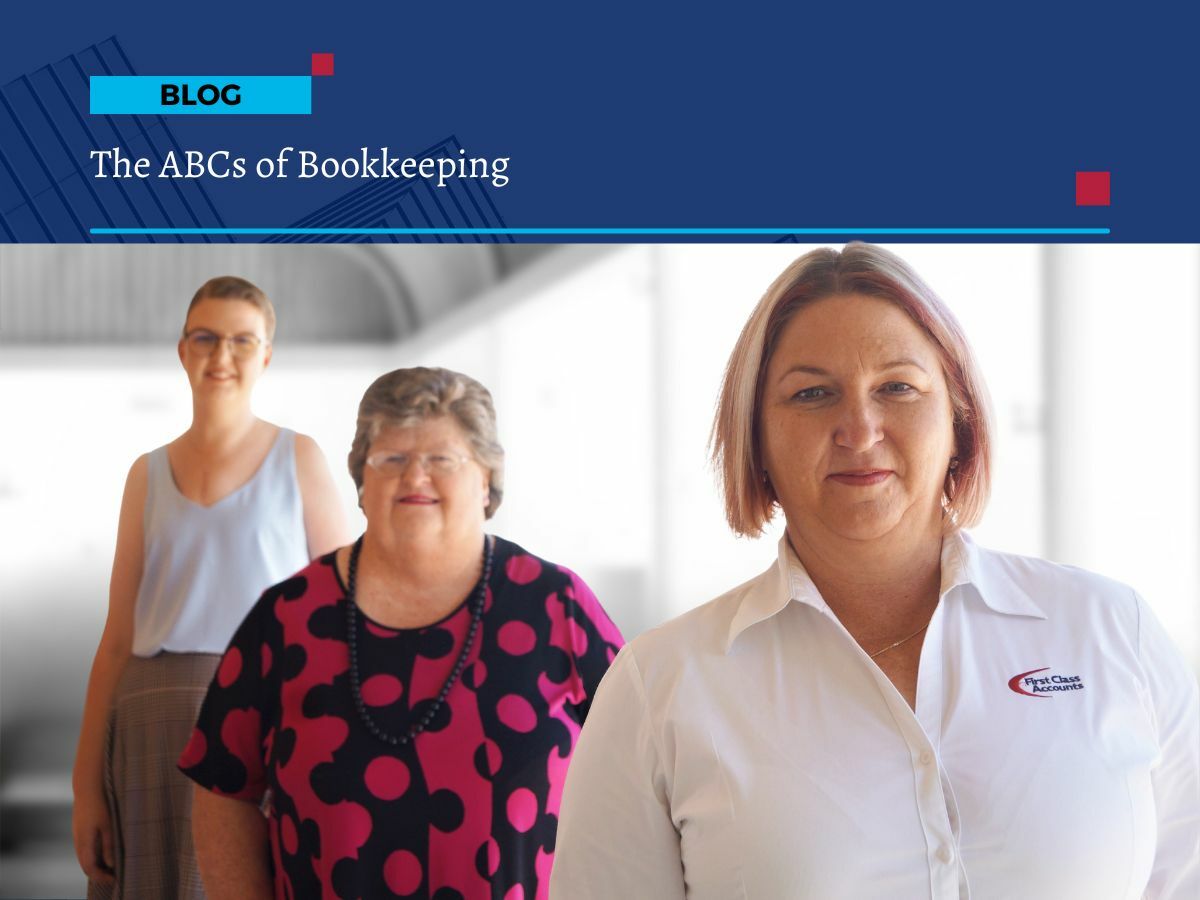
Digging deeper into cloud accounting
Digging deeper into cloud accounting
If you’re managing a small business, the chances are that you’re using one of the current crop of cloud accounting platforms. Whether your chosen software is Xero, QuickBooks or MYOB, these online accounting tools are now the standard for business accounting.
But are you exploring the full benefits of your cloud system?
The basic benefits of running your finances in the cloud
Not so long ago, business owners were reliant on paper ledgers and manual accounts to understand their financial performance and cashflow position. Thankfully, accounting technology has moved on in leaps and bounds in the past two decades.
The average business owner will almost certainly be using some form of cloud accounting to manage their finances. And the advantages of the cloud don’t just lie in the convenience and easy access of being able to do your bookkeeping in the online space.
Whatever cloud platform you’re using, you get:
A simple, straightforward way to record all your transactions
Every sale, purchase and expense is recorded in your cloud accounting software, with some of this record-keeping process even happening automatically, using tools like Dext Prepare.
A real-time view of your finances
Instead of your accounts being weeks, or even months out of date (as in previous decades), you now have an almost instantaneous view of your profit and loss (P&L), cashflow position and expenses.
An easy way to collaborate with your advisers
It couldn’t be easier to invite your bookkeeper, accountant, tax adviser or business coach into your accounts. In the cloud, you can all access the same numbers and have one point of truth for all your financial metrics.
Going beyond the basics of your cloud accounting platform
Managing your bookkeeping and accounts with cloud accounting software gets the job done. But the reality is that you could be doing so much more besides. If you’re just using your cloud accounting to do the accounts, you may just be scratching the surface of the potential value.
Here are just a few of the deeper benefits:
A growing ecosystem of add-on apps
Most of the big players in the accounting space have sizable app stores, where you can choose from hundreds of different ‘add-on apps’ and integrations. These apps add different functionality to your basic accounting system, allowing you to add automated bookkeeping like Auto Entry, debtor chasing with Chaser or an expenses management app like Expensify.
Extensive forecasting and scenario-planning
There are plenty of sophisticated forecasting tools that integrate with your cloud accounting. Tools like Spotlight Reporting, Float, and Fathom all allow you to extrapolate your cash numbers forward in time. And because these forecasts and projections are based on your own historic and real-time data, you can be sure that they’re based on solid information that’s a sound basis for your future planning, cash management and business decision-making.
Job management and industry specific apps
A helping hand with your operations and project management is always going to be welcome. Most app stores will have a wide selection of industry specific apps, that help you manage the operations in your specific business sector. This might be Tradify for tradies and contractors, Re-Leased for property managers, or Dentally for dental practices.
A fully integrated tech stack to manage your whole business
By picking and choosing the most helpful and relevant apps from your platform’s ecosystem, you can quickly build up an entire tech stack that becomes the operational heart of your business.
Whatever your industry, you can create a bespoke business system that does far more than just keeping your bookkeeping in check. With an evolving tech stack, you’re ready to streamline and automate each process and operation, so you end up with a lithe and agile business that’s ready to scale as your business prospers.
Talk to us about maximising your business tech stack
Getting your accounts and compliance done and dusted in the cloud is a great start. But we’d advise digging a little deeper into your cloud accounting platform to really get the best value.
We’ll help you find the most useful apps to add to your tech stack. We’ll also help you get integrated, automated and connected – putting you in complete control of your business.








